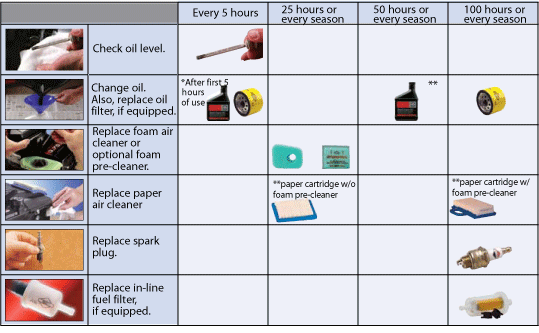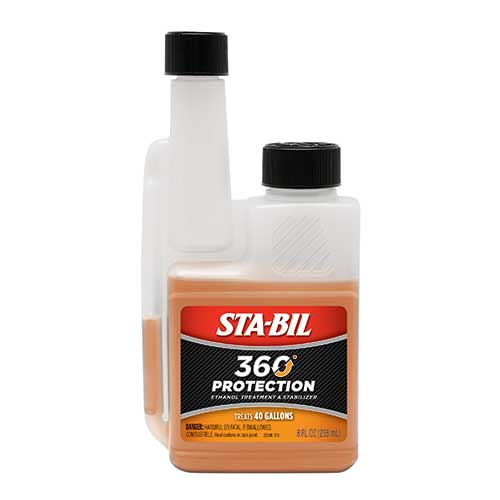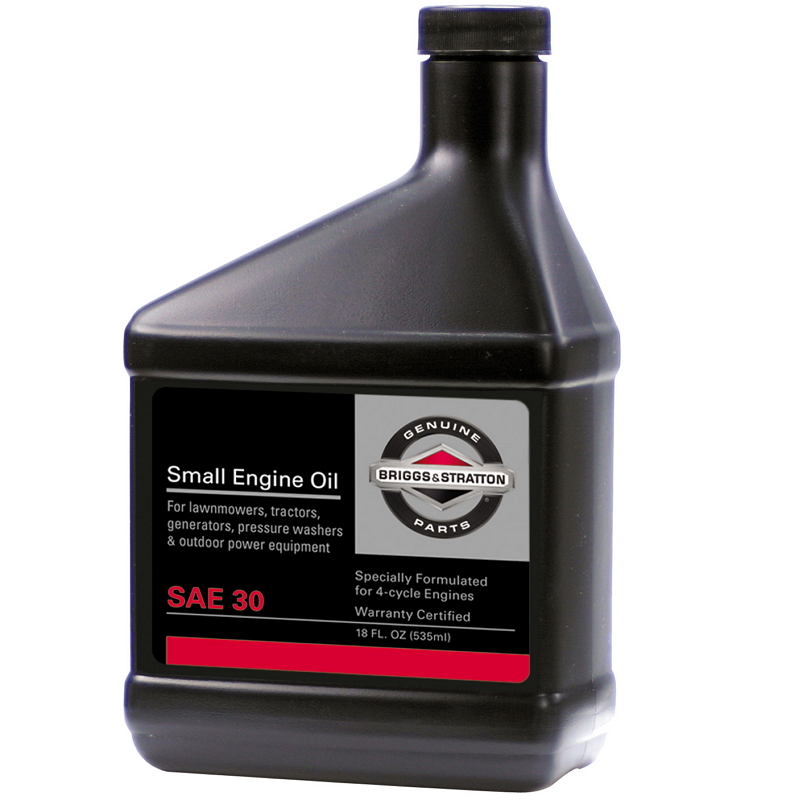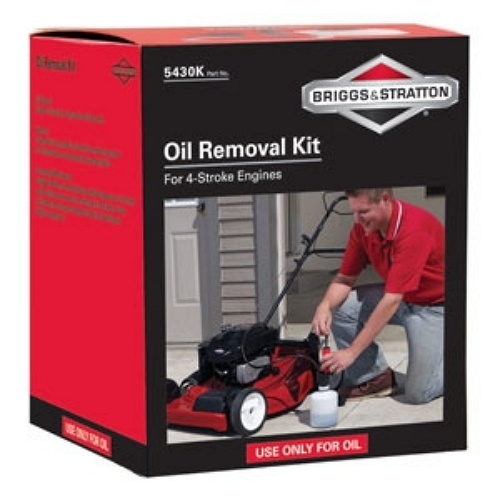How To Tune Up Your Lawn Mower
Whether you’re a steadfast do-it-yourselfer, or want to start saving time and money by becoming one, completing a lawn mower tune up is a great place to start. In just four steps, and spending only about a half hour, you can get your mower ready for cutting season. Here's how:
Tune Up in Four Easy Steps

Step 1: Change the air filter. Briggs & Stratton engines use one of three types of air filters: foam, paper and a combination of foam and paper. Click on the type of filter you have for how-to's on making the switch.

Step 2: Change the oil. For optimum performance, change the oil in your engine at least once per season or every 25 hours of use. Most mower maintenance kits make it extra easy, by providing the right oil for your engine. You can also purchase oil separately through our online store or through participating dealers and retailers.

Step 3: Change the spark plug. Changing your spark plug is one of the easiest ways to promote easy starting for your lawn mower. To enjoy this perk and avoid stalled-start frustration, replace the spark plug every season. Spark plugs are pre-gapped, so all you need to do is remove the old spark plug and replace it with the new one. Our simple-to-use maintenance kits all include the spark plug specially engineered for your engine to maintain super performance.

Step 4: Protect your engine against against gum and varnish build up in the fuel system. Gas goes stale in as little as 30 days. Add STA-BIL® 360° Protection™ every time you fill your gas can to prevent fuel related engine problems and get your mowing season off to a great start. STA-BIL fuel additives are the official fuel treatments of all Briggs & Stratton® engines.
Small Engine Tune Up Schedule

Here are some helpful resources to help you maintain your specific outdoor power equipment:
- Preventative maintenance tips for your pressure washer.
- Maintenance tips for your portable generator.
- Find the Right Maintenance Kit
- Service Dealer Locator
*Change oil after 5 hours, then after every 50 hours or every season.
**Service more often under dusty, heavy-load operating conditions.






